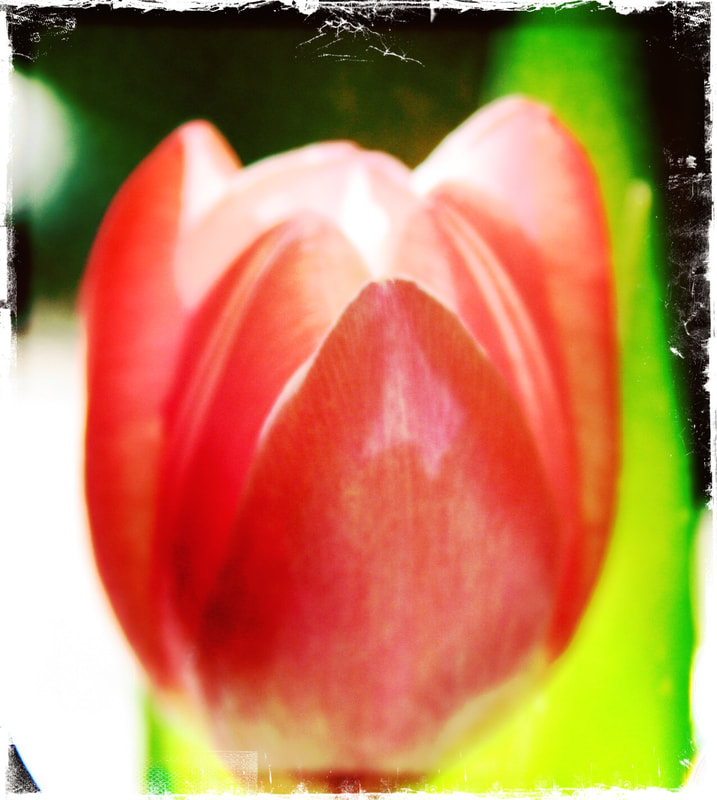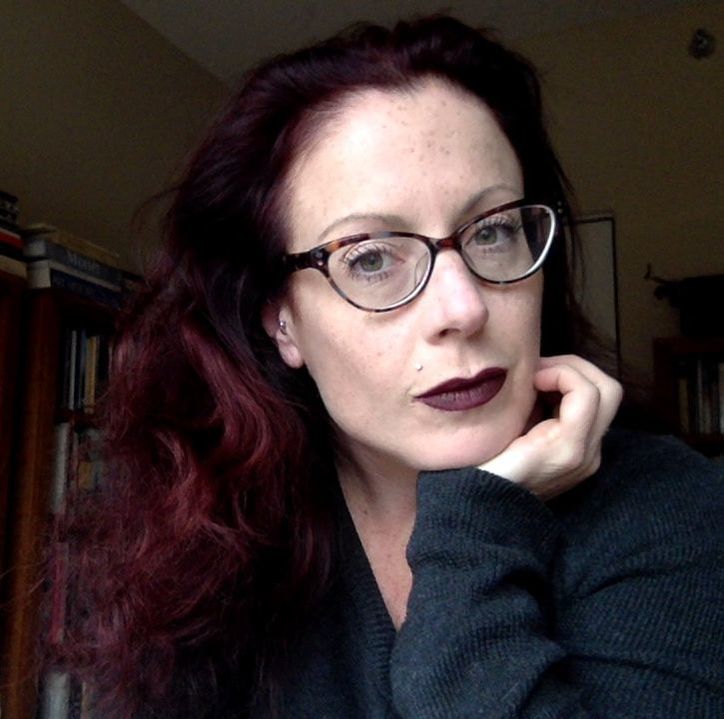ASSAY: A JOURNAL OF NONFICTION STUDIES
5.1
5.1
1. The Urgency of FactI am drawn to nonfiction for the same reason I am drawn to science: I like to know how things work. I like facts. I like their sharp definition, their substance, their heft; I like the noise that they make when you throw them at the wall, the onomatopoeia of the phrase in fact; it’s tactile, you can test it with your teeth to feel its grit, the way you would a pearl.
But the most powerful nonfiction reaches beyond the facts of the matter to get at something like truth. As both readers and writers, we turn to nonfiction with the abiding hope that it will help us understand this particular reality, this peculiar world. Scott Russell Sanders writes, “Each person we meet, each place we visit, each event in our lives, and for that matter the universe itself in its far-flung glory, all confront us as bits of perception and memory, inklings and intuitions, and we seem compelled…to bind these scraps in to a whole that makes sense” (74). Facts have edges; they don’t bleed into one another, there’s no penumbra of shadow where they overlap; one is never a little bit pregnant, or sort of dead, and there are no alternative facts. Truth isn’t like that; it’s not a fixed point, absolute zero, true north. It has dimension and angles and depth; it unfolds outward geometrically, like space; and like space, truth is expanding. We’re not narrowing it down. The more we think we know of truth, the more complicated and vast it becomes. In The Nonfictionist’s Guide, Robert Root writes, Nonfiction is not simply an option of style or format or attitude; it’s a perspective on the world, and its texts are composed by writers animated by the nonfiction motive. The writer chooses nonfiction as a medium because of a desire or a need or a drive to understand a portion of the world and to record and respond to that understanding. Without the nonfiction motive, writers get no internal checks or balances on their own honesty, no incentive to investigate, explore, observe, compare witnesses, and analyze all the evidence, no commitment to comprehend and extend that comprehension to readers.” (6) Nonfiction implicitly argues that truth matters, that true stories matter, and that the individual author’s perception of what is true carries some kind of weight; that the story she tells can and should be heard, its reverberations felt, beyond the echo chamber of her mind. And the individual reader must be able to trust that writer to take him on a journey, and not just a nostalgic spin through the writer’s hometown. The reader must be able to trust that he too has a place in this story, that he is doing this for a reason, that he will emerge from the encounter enlightened, illuminated, moved—that he will be changed. And the reading public must be able to reasonably assume that writers act in good faith, that they have done their homework, that an investment of readerly trust is well placed—that the reader will not be fooled.
There is an urgency to facts, especially at this vertiginous moment in time. I’m not speaking of the manufactured sense of urgency created by bombardment news, but the philosophic or intellectual or perhaps call it spiritual human urgency we feel to make meaning, to find some sense somewhere in the rubble of facts that make up our world. In 1969, Adrienne Rich wrote in her journal, “Politics is the effort to find ways of humanely dealing with each other—as groups or as individuals—politics being simply process, the breaking down of barriers of oppression, tradition, culture, ignorance, fear, self-protectiveness” (24). Nearly thirty years later, Rich wrote in What Is Found There: Notebooks on Poetry and Politics, “This impulse to enter, with other humans, through language, into the order and disorder of the world, is poetic at its root as surely as it is political at its root” (6-7). Nonfiction is innately political. It is a fundamentally activist form. Nonfiction writers have a responsibility to bring something to their audience, to offer them not merely a representation of ourselves, or our point of view, but our most honest representation of the world we see.
|
|
Marya Hornbacher is an award-winning essayist, journalist, novelist, poet, and the New York Times bestselling author of five books. Her writing appears regularly in literary and journalistic publications around the world. Recent work has appeared or is forthcoming in the New York Times, Crazyhorse, AGNI, Gulf Coast, The Normal School, Fourth Genre, DIAGRAM, and many others. Her sixth book, a work of long-form journalism, will be published by Houghton in 2019, and her seventh, a collection of essays, will appear the following year. She is the recipient of the Annie Dillard Award for Nonfiction and the Fountain House Humanitarian Award for her activism. She teaches in the graduate writing programs at the University of Nebraska and Augsburg University.
|

